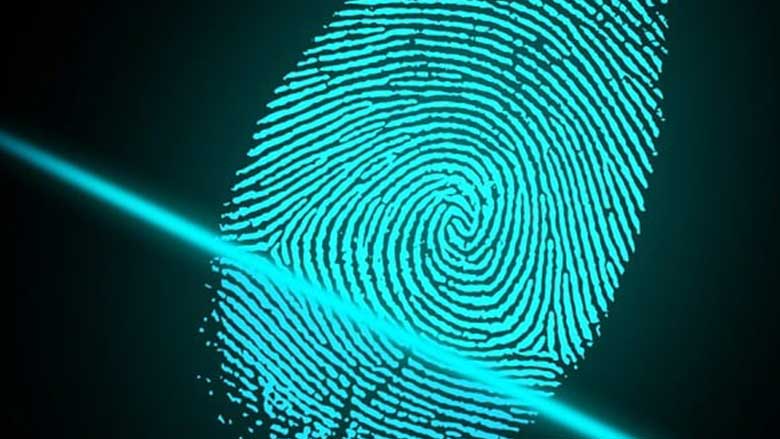Digital Forensics and the Dark Web, Part 1
The separation between the virtual and physical worlds that once existed is now gone. From cyberattacks to criminal investigations, see how digital forensics and the dark web are affected by the digital transformation.
Earn free CEUs — visit our Continuing Education Center today!
1. False or misleading forensic evidence is a contributing factor in ____ of all wrongful convictions nationally, according to the National Registry of Exonerations, which tracks both DNA- and non-DNA-based exonerations
A. 24%
B. 25%
C. 30%
D. 10%
2. In digital forensics investigations, the following personal devices can be used to provide several clues that allow for a more complete recreation of events:
A. Cellphones
B. Tablets
C. Navigation systems
D. All of the above
3. Some of the cybersecurity tools available today include:
A. Multifactor authentication
B. Traceroute
C. Wiretap
D. A and B
4. The most important aspect of cybersecurity strategies include:
A. Technology
B. Physical barriers
C. A proactive approach
D. Employing a chief information security officer
5. DDoS stands for:
A. Distinct denial of service
B. Distributed denial of service
C. Distributed denial of security
D. None of the above
6. According to Gartner research, the average cost of downtime for a small- to medium-sized business is:
A. $5,600 per minute
B. $5,600 per day
C. $6,500 per hour
D. $4,600 per hour
7. The cheapest cyberattack tools available on the dark web are:
A. DDoS
B. Remote access trojan/tools (RATs)
C. Ransomware
D. All of the above
8. Phishing kits cost as little as ______ on the dark web.
A. $10
B. $9
C. $8
D. $7
9. The most expensive U.S. merchandise on the dark web is:
A. Crypto accounts
B. Credit card information
C. Bank account login in information
D. Mobile phone numbers
10. An American passport costs _____ on the dark web.
A. $20
B. $30
C. $50
D. $100



